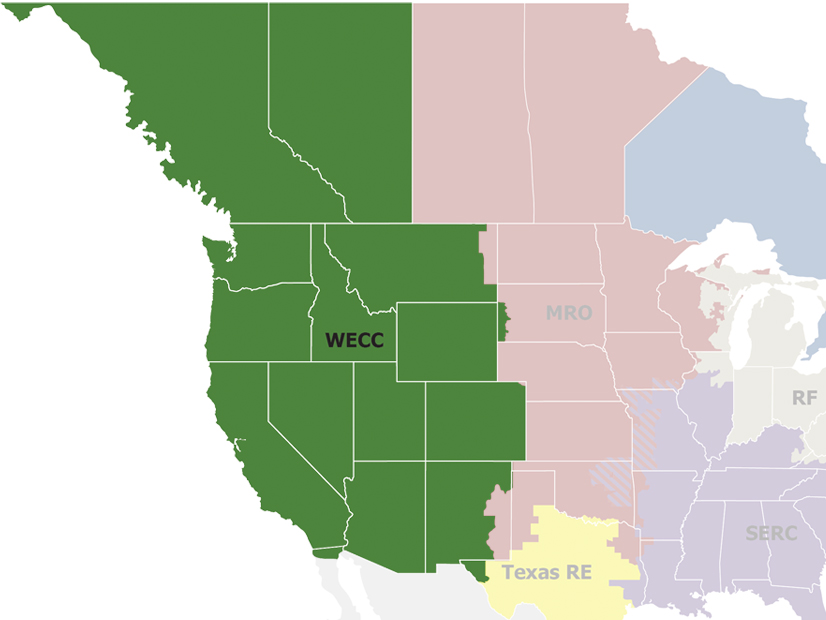FERC gave final approval Thursday for NERC and WECC to introduce regional reliability standard BAL-002-WECC-3 (RM19-20). The commission also granted the entities the extension they requested for the follow-on progress report that FERC ordered when it approved the Notice of Proposed Rulemaking on the standard last year. (See FERC Approves WECC Contingency Reserve Standard.)
NERC and WECC submitted the new standard to FERC in 2019 to replace BAL-002-WECC-2a, the regional equivalent of the continent-wide BAL-002-3 (contingency reserve for recovery from a balancing contingency event) and successor to the original standard BAL-002-WECC-2. The organizations argued that the introduction of the BAL-003-1 standard in 2014 had rendered some aspects of BAL-002-WECC-2a redundant.
In particular, NERC and WECC claimed requirement R2 of the regional standard — which mandated that balancing authorities and reserve sharing groups in the WECC region maintain at least half the minimum contingency reserves as operating reserves — was no longer necessary in light of frequency response requirements in the new national standard. A field test performed by WECC between 2017 and 2018 confirmed that retiring the 50% spinning reserve requirement resulted in “no degradation to [disturbance control standard] performance.”
FERC requested additional data in February 2020 from WECC, extending the regional entity’s study from May 2018 to September 2019. In addition, the commission requested NERC’s frequency response records for the Western Interconnection from May 2017 to September 2019. The updated information was submitted in May 2020.
Commission Continues Data Requests
However, while FERC agreed to approve the regional standard last October on the basis of NERC and WECC’s expanded data set, the commission remained concerned “about deliverability of contingency reserves within reserve sharing groups,” specifically the ability of balancing authorities to access hydroelectric resources.
As a result, its order mandated an informational filing 27 months after the implementation of BAL-002-WECC-3, covering the same categories of data from the February 2020 data request for the 24 months following implementation. The commission also mandated that the organizations inform it immediately of “any adverse impacts” observed during the reporting period, as well as any corrective actions that are taken or considered.
WECC and NERC indicated in a December filing that they understood the commission’s desire for additional data and “would, under any circumstances, promptly make the commission aware of” adverse impacts from the new standard. However, while collecting the relevant two years of information would not be a problem, the organizations felt “that three months may not be sufficient to complete the validation and analysis of 24 months’ worth of the requested data.” They suggested six months would be enough time to finish processing the data properly.
In its final approval order, FERC agreed to this modification. The informational filing will be due 30 months after the implementation of the standard.



